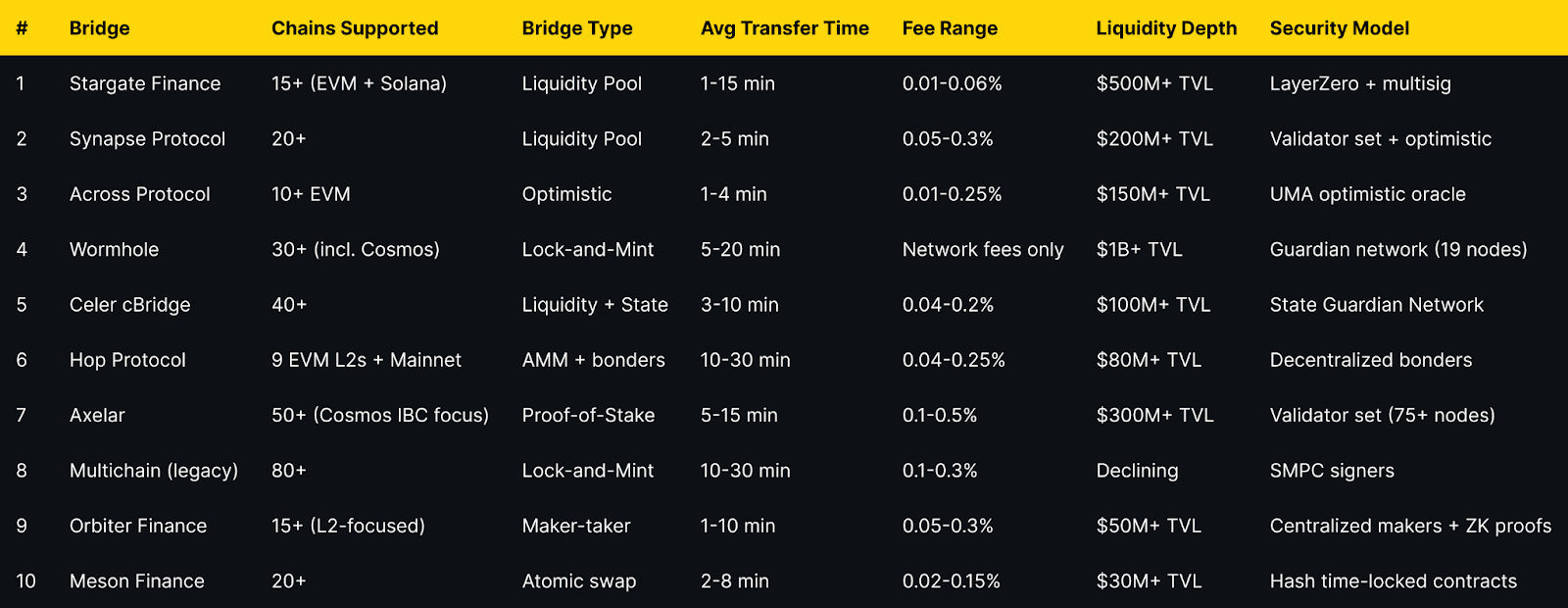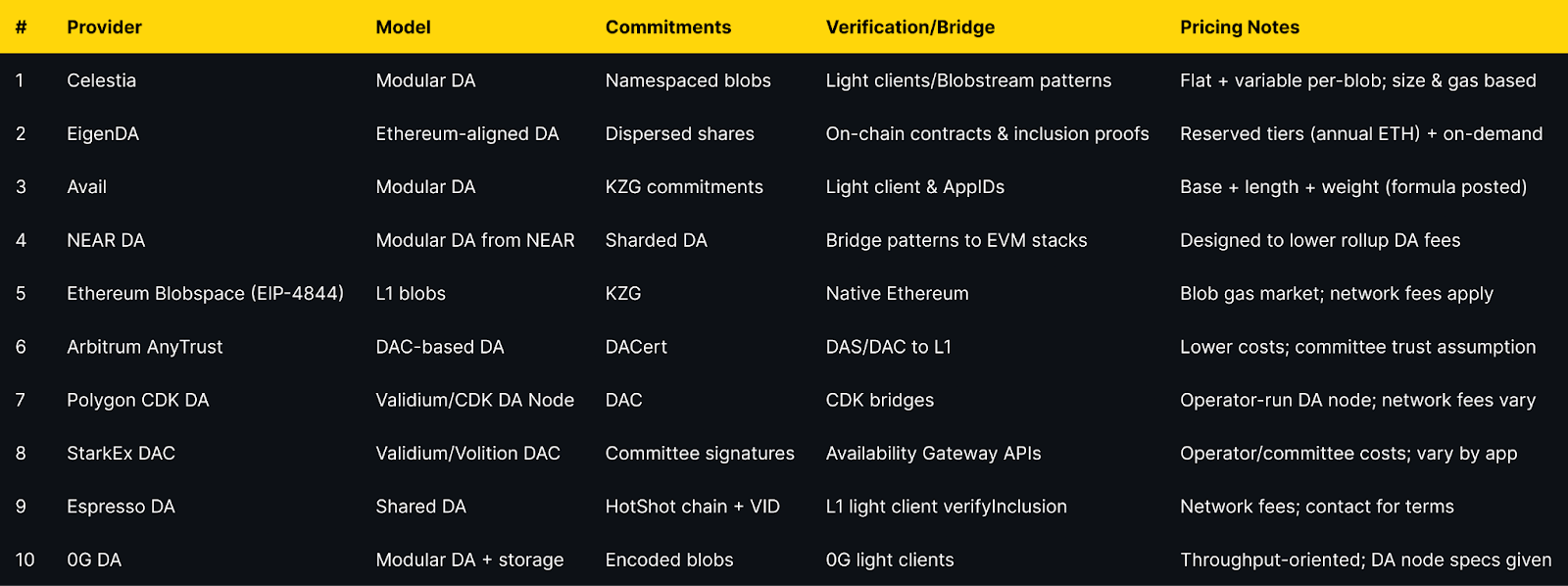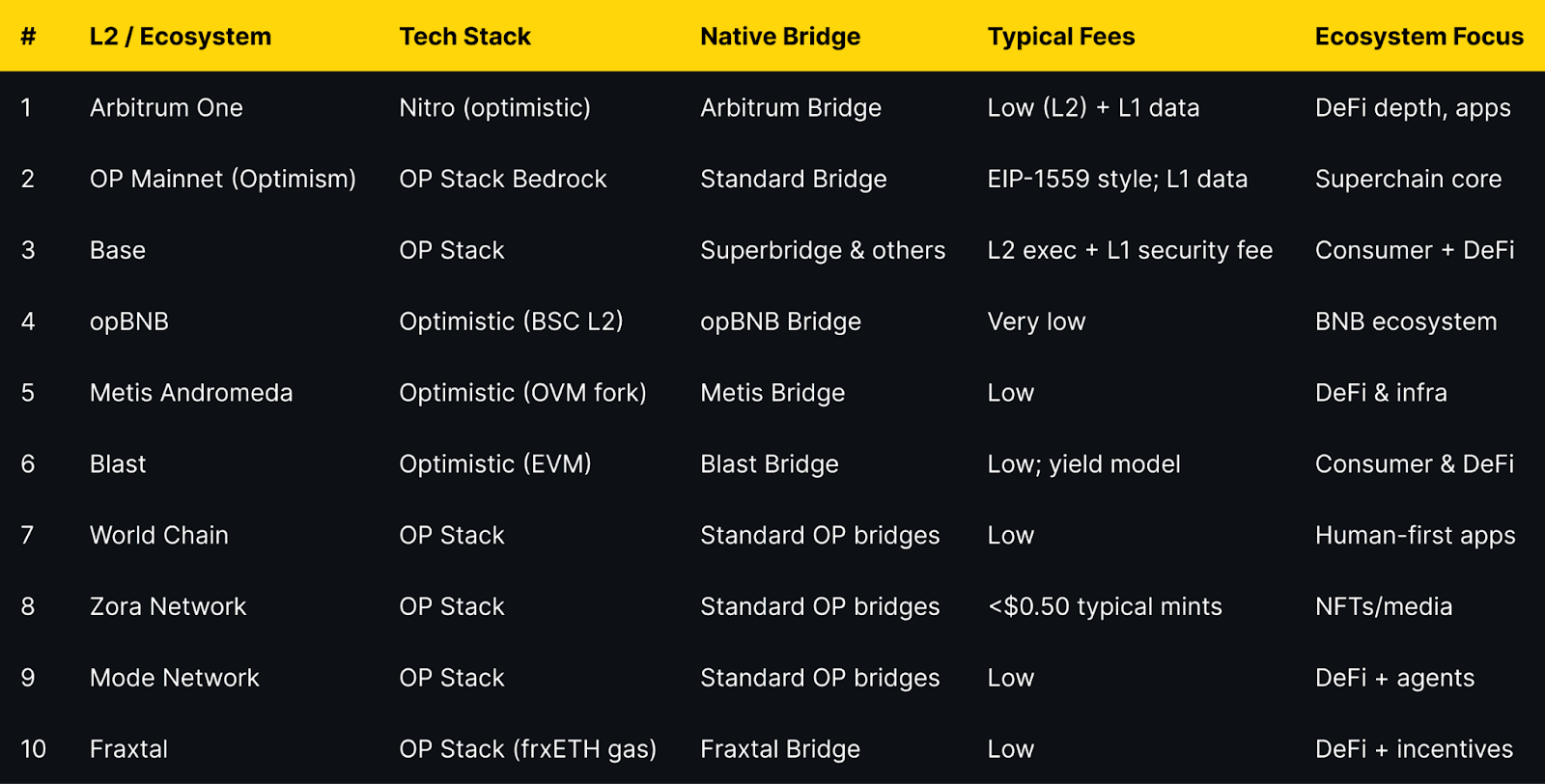
Mastering Your Mind: How Token Metrics AI Indices Overcome the Psychology That Destroys Crypto Returns

Here's an uncomfortable truth: the biggest obstacle to your cryptocurrency investing success isn't market volatility, regulatory uncertainty, or technological complexity. It's your own brain. Decades of behavioral finance research demonstrate conclusively that human psychology systematically destroys investment returns. We panic when we should be calm, get greedy when we should be cautious, and make irrational decisions despite knowing better intellectually.
In cryptocurrency markets, where volatility reaches extremes and prices move 24/7, these psychological pitfalls amplify dramatically. A study analyzing crypto investor behavior found that the average investor underperformed simply holding Bitcoin by over 5% annually—not because of bad luck or poor token selection, but because of destructive psychological patterns driving their decisions.
The solution isn't trying harder to control emotions—that rarely works. The solution is systematic, AI-powered investing that removes human psychology from the equation. Token Metrics AI Indices are designed specifically to combat the cognitive biases and emotional responses that plague human investors, replacing knee-jerk reactions with data-driven discipline.
This comprehensive exploration examines the psychological traps that destroy crypto returns, reveals why these mental patterns are so powerful and persistent, and demonstrates how Token Metrics' systematic approach neutralizes these psychological threats. Understanding these dynamics will transform how you approach crypto investing and dramatically improve your long-term results.
The Hardwired Biases Destroying Your Crypto Returns
Loss Aversion: Why Losses Hurt Twice as Much as Gains Feel Good
Nobel Prize-winning research by Daniel Kahneman and Amos Tversky revealed a fundamental human quirk: losses hurt psychologically about twice as much as equivalent gains feel good. Losing $10,000 causes more pain than gaining $10,000 brings pleasure. This "loss aversion" profoundly impacts investment decisions.
In crypto markets, loss aversion manifests destructively. When portfolios decline 30%, the psychological pain becomes overwhelming, driving panic selling at exactly the wrong time. Investors lock in losses that systematic strategies would ride out, missing subsequent recoveries. Conversely, when holding profitable positions, loss aversion makes investors too quick to sell, fearing giving back gains—they miss enormous continued upside.
Token Metrics' AI experiences no loss aversion. The algorithms evaluate positions based on expected risk-adjusted returns, not emotional pain from declines. When fundamentals remain strong despite price drops, the indices maintain or even increase exposure rather than panic selling. This emotional discipline consistently outperforms loss-averse human behavior.
Recency Bias: Overweighting What Just Happened
Human brains disproportionately weight recent experiences when making decisions. If crypto has performed poorly recently, we expect continued poor performance. If crypto has surged lately, we expect continued surges. This "recency bias" causes investors to extrapolate recent trends inappropriately.
Recency bias drives the classic mistake of buying high and selling low. During bull markets after extended gains, recency bias creates excessive optimism—"crypto always goes up!"—driving investment at peaks. During bear markets after sustained declines, recency bias creates excessive pessimism—"crypto is dead!"—driving capitulation at bottoms.
Token Metrics' machine learning algorithms analyze full market histories, not just recent periods. The AI recognizes when recent trends are likely to reverse based on historical patterns, fundamentals, and technical indicators. This comprehensive perspective prevents recency-driven mistakes that destroy wealth.
Confirmation Bias: Seeking Information Supporting Existing Beliefs
Confirmation bias causes us to seek, interpret, and remember information confirming our pre-existing beliefs while ignoring contradictory evidence. If you're bullish on a specific cryptocurrency, you'll unconsciously focus on positive news about that token while dismissing or rationalizing negative developments.
In crypto communities, confirmation bias reaches extreme levels. Dedicated subreddits and Discord channels become echo chambers where believers reinforce each other's convictions, dismissing skeptics as ignorant or malicious. This creates dangerous groupthink where warning signs go unheeded until it's too late.
Token Metrics' AI evaluates all available data objectively without pre-existing biases. If a previously high-rated token shows deteriorating fundamentals, technical weakness, or negative on-chain metrics, the system responds accordingly regardless of community sentiment or previous bullish positioning. This objectivity prevents costly confirmation bias-driven mistakes.
Herd Mentality: Following the Crowd Into Disaster
Humans evolved as social creatures relying on group behavior for survival. This evolutionary heritage creates powerful herd mentality—when everyone around us is doing something, we feel compelled to join. In financial markets, herd mentality drives booms and busts as participants mindlessly follow crowds into overvalued assets and then stampede toward exits.
Cryptocurrency markets exhibit extreme herd behavior. During bull markets, FOMO (fear of missing out) drives waves of new investors buying at any price as friends, coworkers, and social media contacts boast about gains. During bear markets, panic spreads virally as everyone simultaneously tries exiting, creating capitulation crashes.
Token Metrics' systematic approach is immune to herd behavior. The AI doesn't care that "everyone" is buying or selling a particular token. It evaluates individual cryptocurrencies based on objective metrics, maintaining contrarian positions when data suggests the herd is wrong. This independence from group psychology enables profitable contrarian positioning.
Anchoring Bias: Fixating on Irrelevant Reference Points
Anchoring bias causes us to fixate on specific numbers as reference points, even when those numbers are arbitrary or irrelevant. In crypto investing, common anchors include purchase prices ("I can't sell for less than I paid"), previous all-time highs ("Bitcoin was $69,000, so $40,000 is cheap"), or round numbers ("$100,000 Bitcoin is inevitable").
These anchors distort decision-making. Investors hold losing positions hoping to "break even" at their purchase price, even when current analysis suggests selling is optimal. They refuse buying at prices above their initial purchase even when current valuations are attractive. They set arbitrary price targets based on round numbers rather than fundamental analysis.
Token Metrics' indices don't anchor on arbitrary reference points. Each evaluation is based on current data, forward-looking analysis, and systematic criteria. Past prices matter only insofar as they inform technical analysis—they don't create emotional anchors preventing rational decisions.
Overconfidence: Believing You're Smarter Than the Market
Studies consistently demonstrate that humans overestimate their knowledge, abilities, and chances of success. In investing, overconfidence manifests as excessive trading, concentrated positions, and dismissal of risk. Surveys show that 90% of investors believe they're above-average—a statistical impossibility.
Crypto markets amplify overconfidence. During bull markets, everyone feels like a genius as nearly everything rises. This creates dangerous overconfidence leading to excessive leverage, underdiversified portfolios, and exposure to high-risk projects without proper due diligence. When markets inevitably turn, overconfident investors suffer devastating losses.
Token Metrics' AI has no ego. The algorithms don't feel clever or superior—they simply process data and execute strategies. This lack of overconfidence results in appropriately sized positions, systematic risk management, and diversification that overconfident humans often skip.
The Emotional Rollercoaster: How Fear and Greed Destroy Wealth
The Cycle of Crypto Emotions
Cryptocurrency investors experience predictable emotional cycles mirroring market movements. Understanding this cycle reveals why emotions destroy returns:
- Anxiety Phase: As markets begin declining, initial confidence gives way to anxiety. "Is this just a dip or something worse?" Investors check prices obsessively, seeking reassurance. Many hold positions despite growing unease, unable to admit their peak purchases were mistakes.
- Denial Phase: Declines accelerate, but investors deny the severity. "It's just a correction." "It'll bounce back." This denial prevents taking appropriate defensive actions, allowing losses to compound.
- Panic Phase: Eventually denial breaks, replaced by overwhelming panic. The full extent of losses becomes undeniable. Investors frantically sell everything, locking in massive losses at or near market bottoms.
- Capitulation Phase: After panic selling, investors swear off crypto entirely. "I'll never invest in crypto again." They've sold at the worst possible time and now refuse participation precisely when the best opportunities emerge.
- Depression Phase: While markets stabilize and begin recovering, capitulated investors remain depressed, watching from sidelines as others profit from recovery. They've missed both the bottom and early recovery.
- Hope Phase: Eventually, as recovery becomes undeniable, hope returns. "Maybe crypto isn't dead after all." But scarred by previous losses, they remain tentative.
- Relief Phase: Continued gains bring relief. "I'm glad I didn't completely give up on crypto." Confidence slowly rebuilds.
- Optimism Phase: As bull market resumes, optimism returns. Investors re-enter markets, often near peaks, repeating the cycle.
This emotional rollercoaster ensures most investors buy high (during euphoria/optimism) and sell low (during panic/capitulation)—the exact opposite of profitable investing.
How Token Metrics Breaks the Emotional Cycle
Token Metrics AI Indices operate without experiencing this emotional rollercoaster. The algorithms don't feel euphoria at peaks, anxiety during declines, or panic at bottoms. They evaluate market conditions objectively based on data, implementing strategies consistently regardless of emotional environment.
When markets peak and euphoria dominates, Token Metrics' systematic profit-taking locks in gains rather than getting swept up in irrational exuberance. When markets crash and panic spreads, the AI evaluates whether fundamentals justify continued holding or even accumulation rather than capitulating. This emotional discipline is perhaps the single most valuable aspect of systematic, AI-driven investing.
Get Started For Free
The Illusion of Control and the Danger of Overtrading
Why Trading Makes You Feel Good But Performs Poorly
Human brains crave control. When we take action—any action—we feel more in control of outcomes. This creates what psychologists call the "illusion of control"—believing our actions influence results more than they actually do.
In investing, the illusion of control drives excessive trading. When portfolios decline, sitting passively feels unbearable—we must do something! So we trade, even when trading is counterproductive. Each trade creates the illusion we're actively managing risk and improving outcomes.
Research demonstrates conclusively that frequent traders dramatically underperform passive strategies after accounting for transaction costs and taxes. Yet the illusion of control makes overtrading feel productive and prudent.
Token Metrics addresses this by removing temptation for constant action. The indices trade systematically based on predefined criteria, not impulse. They resist the urge to "do something" during volatility, trading only when systematic signals justify action. This disciplined approach consistently outperforms the illusion-of-control-driven overtrading that destroys individual investor returns.
The Danger of Complexity Bias
Related to illusion of control is "complexity bias"—believing more complex strategies must be better than simple ones. If simple index investing seems too easy, we seek complex trading strategies, technical indicators, or sophisticated algorithms that "feel" more professional.
In reality, simplicity often outperforms complexity. Complex strategies introduce more opportunities for error, higher costs, and greater likelihood of abandonment during challenging periods. Token Metrics indices appear simple to use—select an index, invest, follow rebalancing guidance. But this simplicity masks sophisticated underlying complexity handled by AI systems processing vast data and implementing optimized strategies.
Users benefit from professional-grade sophistication without requiring complex user-side management—the ideal combination.
The Power of Pre-Commitment and Systematic Rules
Ulysses Contracts: Binding Yourself to Rational Behavior
In Greek mythology, Ulysses (Odysseus) wanted to hear the Sirens' song without steering his ship onto rocks. His solution: have his crew tie him to the mast and plug their own ears with wax. Ulysses created a "pre-commitment device"—binding his future self to rational behavior despite knowing he'd want to act irrationally when hearing the Sirens.
Behavioral economists apply this concept to decision-making. We know intellectually that we'll make emotional mistakes during market extremes, but we can't prevent those emotions arising. The solution is pre-commitment—establishing rules during calm periods that bind us during emotional storms.
Token Metrics indices function as pre-commitment devices. By selecting indices during calm analysis and committing to follow their guidance, you bind yourself to systematic strategies. When markets crash and every fiber of your being screams "SELL EVERYTHING!", the pre-commitment to Token Metrics' approach provides structure preventing panic-driven mistakes.
The Challenge of Following Systems
Even with pre-commitment, following systematic strategies proves psychologically difficult. During market extremes, conviction wavers. "Maybe this time is different." "The AI can't understand THIS situation." These doubts lead to abandoning systems precisely when discipline matters most.
Strengthen your ability to follow Token Metrics' systematic approach by documenting your investment rationale and commitment when initiating positions, reviewing behavioral finance principles reminding yourself why emotions mislead, connecting with other systematic investors who can provide perspective during challenging periods, and tracking performance demonstrating systematic approaches' long-term superiority.
Building Psychological Resilience for Long-Term Success
Developing Detachment from Short-Term Outcomes
Successful crypto investors cultivate psychological detachment from short-term portfolio fluctuations. They recognize that daily, weekly, or monthly performance provides almost no information about long-term success. This detachment prevents emotional reactions to normal volatility.
Practice detachment by limiting portfolio checking to weekly or monthly intervals, focusing on long-term goals rather than current prices, and remembering that volatility is the price paid for crypto's return potential, not a sign something is wrong.
Token Metrics' systematic approach supports detachment. When AI handles day-to-day decisions, you can mentally disengage from constant market monitoring, checking in periodically without obsessive tracking.
Viewing Losses as Tuition, Not Failure
Every investor experiences losses. The question is whether you extract valuable lessons or simply internalize failure. Reframe losses as tuition—the cost of education in crypto markets. Each mistake teaches something valuable if you reflect thoughtfully.
Token Metrics reduces costly tuition by preventing many common mistakes. But when losses occur—and they will during bear markets—view them as normal cost of pursuing exceptional long-term returns rather than personal failure requiring psychological recovery.
Creating Behavioral Guardrails
Beyond Token Metrics' systematic approach, create additional behavioral guardrails preventing psychological mistakes:
- Cooling-Off Periods: If tempted to make impulsive decisions, implement mandatory 48-72 hour delays. If the decision still seems wise after cooling off, proceed. Often, the impulse passes.
- Accountability Partners: Share your strategy with a trusted friend or advisor who can provide objective perspective during emotional moments.
- Performance Reviews: Schedule quarterly reviews analyzing decisions, identifying emotional influences, and assessing adherence to systematic strategies. This creates learning loops improving discipline over time.
The Unique Psychological Advantage of AI-Powered Investing
Separating Analysis from Execution
One of Token Metrics' most valuable psychological benefits is separating analysis from execution. You make high-level strategic decisions—which indices to follow, what allocation to maintain—during calm, rational periods. The AI handles tactical execution—which specific tokens to hold, when to rebalance—without your emotional involvement.
This separation prevents the cognitive load and emotional stress of constant decision-making while ensuring decisions are made systematically rather than emotionally.
The Confidence of Data-Driven Decisions
Knowing your portfolio is managed based on comprehensive data analysis rather than hunches creates psychological confidence. During volatility, you can remind yourself: "This portfolio is built on analysis of 6,000+ cryptocurrencies, multiple data sources, and proven systematic strategies. My panic response isn't based on superior information—it's just fear."
This confidence doesn't eliminate fear—markets remain scary during crashes—but it provides rational counterbalance preventing fear from dominating decisions.
Community and Education Reduce Anxiety
Token Metrics provides more than just indices—it offers educational resources and community connections that reduce psychological isolation. Knowing thousands of other investors follow similar systematic strategies normalizes your experience. Educational content explaining market dynamics and behavioral finance arms you with knowledge combating fear.
This support structure proves invaluable during challenging markets when isolation amplifies panic.
Why Choose Token Metrics to Support Your Crypto Investing Journey
All the psychological traps discussed above are ingrained and difficult for individual investors to overcome without considerable discipline and resources. Token Metrics has built AI-powered indices and educational resources specifically to support systematic, emotion-free investing that takes guesswork and emotion out of crypto portfolio management. By leveraging comprehensive, data-driven analysis and structure, the platform empowers users with tools for maintaining discipline and applying sound investing principles—even during times of elevated fear or greed.
With transparent methodologies and a focus on investor education, Token Metrics equips investors to manage psychological risk and build long-term confidence in their approach to the crypto market, providing valuable guardrails for both new and experienced participants.
FAQ
How do AI-powered crypto indices help reduce emotional decision-making?
AI-powered indices apply systematic, data-driven processes that eliminate the influence of human emotion. By following predetermined rules and rebalancing based on live market data, they remove the temptation to react impulsively to market swings, reducing costly behavioral mistakes.
What are the most common psychological biases that harm crypto investors?
Common psychological biases include loss aversion, recency bias, confirmation bias, herd mentality, anchoring bias, and overconfidence. These biases often prompt investors to buy high, sell low, or abandon risk controls during periods of volatility or euphoria.
How does Token Metrics AI evaluate cryptocurrencies?
Token Metrics AI evaluates cryptocurrencies using a wide array of market, technical, and fundamental indicators—combining historical price data, project fundamentals, sentiment, and on-chain metrics. This objective analysis helps mitigate the impact of confirmation bias and recency bias in investor decisions.
What steps can investors take to minimize emotional investing outside of AI tools?
Investors can create behavioral guardrails such as investment policy statements, implement cooling-off periods before making trading decisions, review performance periodically for lessons learned, and seek accountability partners to provide objective perspective during emotionally charged times.
Does following systematic strategies guarantee positive results?
No investing strategy can guarantee returns, and systematic or AI-powered indices are not immune to all risks. However, academic research shows that removing emotion and sticking to disciplined, systematic frameworks tends to benefit long-term portfolio outcomes versus emotional, reactionary investing.
Disclaimer
The information contained in this blog is for educational and informational purposes only. It does not constitute financial, investment, or legal advice. Cryptocurrency investments are subject to high volatility and risk. Always perform your own research and consult a professional advisor before making investment decisions.
Get Started For Free

.svg)

Create Your Free Token Metrics Account

.png)




%201.svg)
%201.svg)


%201.svg)























.svg)




.png)